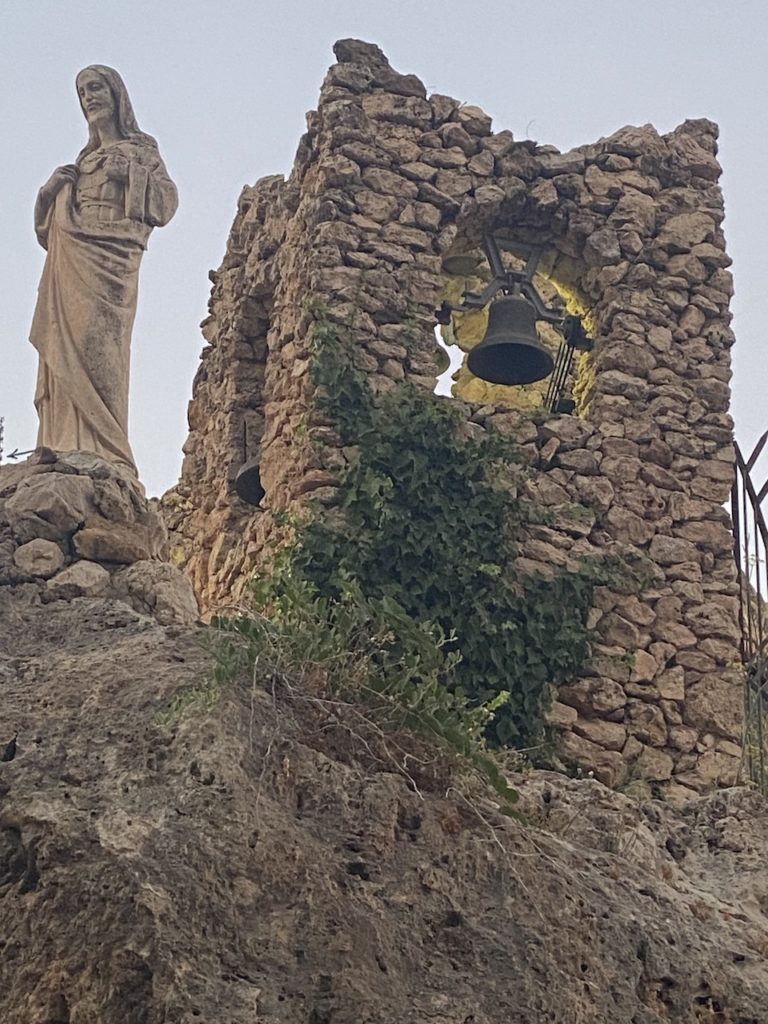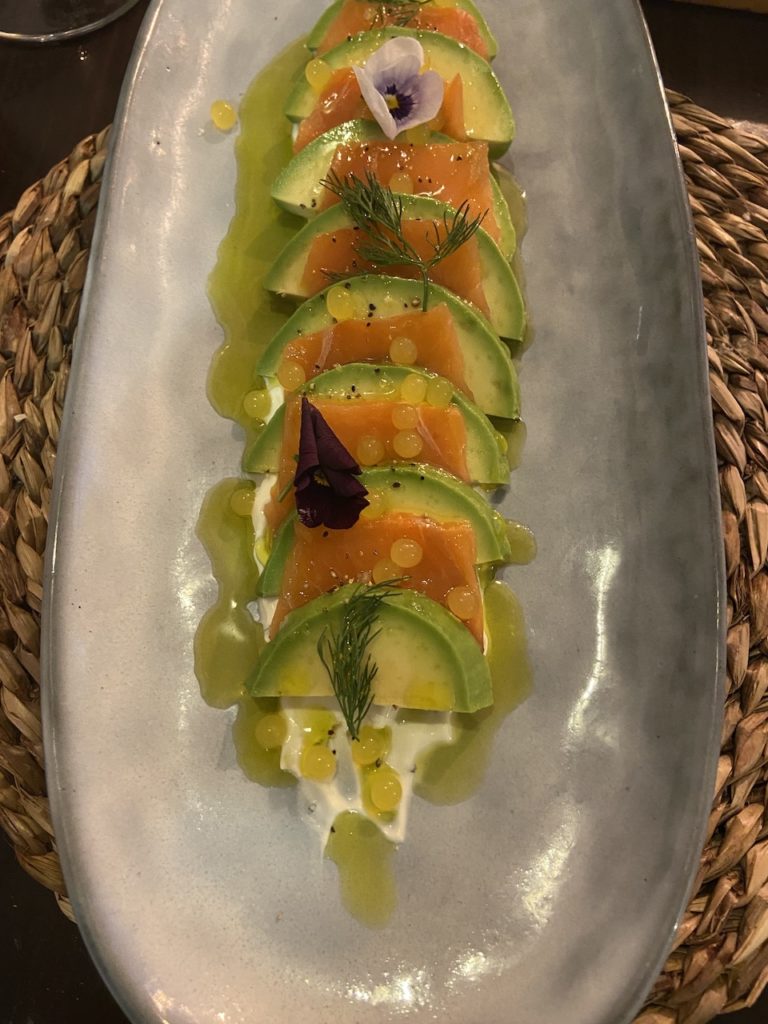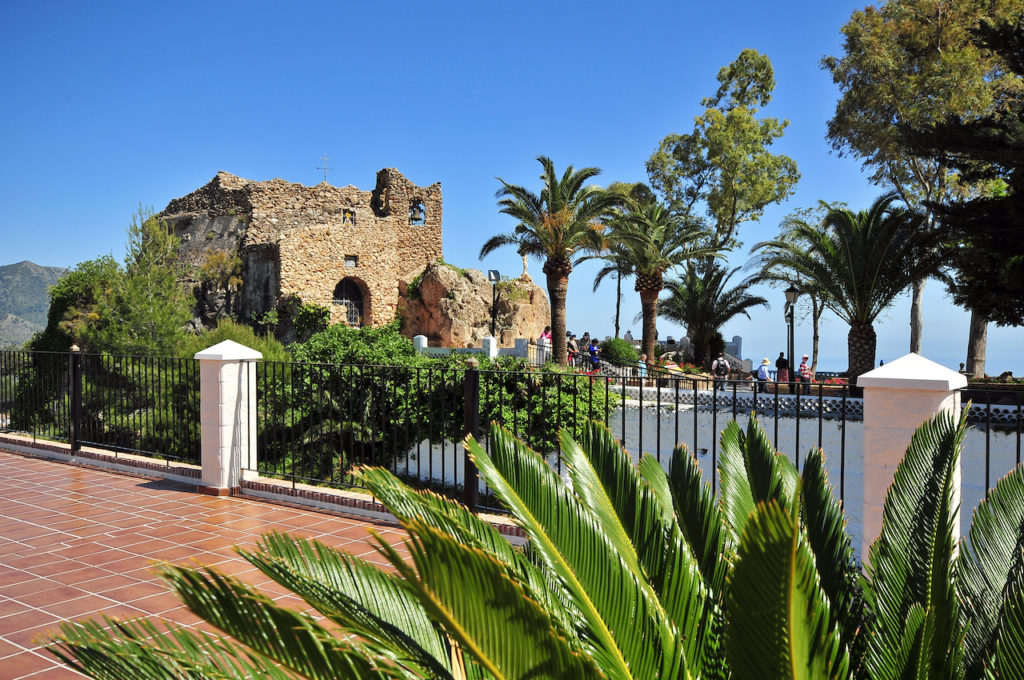With a rich history, unique museums, and an exciting gastronomic scene, this corner of Andalucía should be on your radar. Tony Clayton-Lea reports
 Panorama of Mijas Pueblo (image Jane White on Wikimedia Commons)
Panorama of Mijas Pueblo (image Jane White on Wikimedia Commons)Imagine a town — located about 30 minutes by car from Malaga Airport and 20 minutes from the coastal resort of Fuengirola — that is placed among the most appealing tourist destinations in the Costa del Sol, yet which easily manages to have a beating heart all of its own. Imagine a town, adorned with whitewashed narrow streets, with a fortunate geographical position between the sea and the mountains (almost 1,500 feet above sea level) that maintains its authenticity while delivering a blend of contemporary living, eating, drinking, and shopping. Say hello to Mijas Pueblo, a perfect Andaluz base for either a few days or a full week.
 Virgen de la Pena church, Pueblo Mijas
Virgen de la Pena church, Pueblo MijasCulture/History
The Shrine of Virgen de la Peńa (Virgin of the Rock) is located a very short distance from the town centre tourist office. Built in 1586, it had lain undiscovered for hundreds of years but now stands face forward above the altar in a small chapel. Providing a fascinating tour of life in Andalusia during the 19th and 20th centuries, the Ethnological Museum contains numerous insights of how workers and businesses (farmers, food producers, wine makers) in the area developed over the many decades. Perhaps, actually, make that definitely, the most interesting museum in the town is the Mijas Museum of Miniatures, which displays over 300 items that can only be seen through powerful microscopes. If you have never before seen a ballet dancer carved from a toothpick, a portrait of Abraham Lincoln on the head of a pin or a copy of Leonardo da Vinci’s Last Supper on a grain of rice, then this is where you need to go. The entrance fee of a few Euros is, you might say, a tiny price to pay for such magnificence. The CAC Mijas (Contemporary Art Centre) contains the second largest Picasso collection in Spain, with well over 100 pieces; other artists featured include George Braque and Salvador Dali.
 Restaurants
Restaurants
It is no exaggeration to say that Mijas is an as yet undiscovered gem of a gastronomic destination. While there are perhaps too many open-air spots around the town’s central Plaza that take the easy option of pizza, burgers, and average tapas, you would be hard pressed to find food as excellently crafted and presented (and incredibly reasonable) in the following compact, authentic, and grounded restaurants. Tomillo Limon is a cool place with a deceptively ordinary frontage. Like pretty much every restaurant in Mijas, it has outside seating, but the intensity of the heat forced us inside – a good thing, too, as we wouldn’t have seen the interior, which is smart design and a kitchen so small it’s a mystery that such wonderful foodie creations emerge. Three restaurants close to the main square are of equal measure: Pampa Tablas y Tapas (a family-oriented tapas place with genuinely friendly staff), Alboka Gastro (inventive, fusion tapas/mains – we have never before seen mozzarella cheese injected with pesto!), and the very smartly appointed Koco Bistro, which is located directly by the local bus drop-off/collection stop.
Hotels
There are hotels located in the mountainous countryside on the way up to Mijas from Malaga, but for two years running we decided to stay in the only hotel in Mijas Pueblo with a swimming pool – the TRH Hotel Mijas (www.en.trhmijas.com). Nominally, it’s a four-star property albeit one whose rooms have more of a functional three-star ambience, while its gym is almost as small as the exhibits in the Mijas Museum of Miniatures (I exaggerate, of course, but you couldn't, in a manner of speaking, swing a cat here – not that we’re allowed to that these days). The USPs of this hotel include an outdoor swimming pool that is a decent size for a dip, the lobby and lounge areas, which are beautifully traditionally Spanish, and the staff, who couldn’t be more helpful. If you’re looking for a far more contemporary sleepover, then try Opuntia (www.opuntia-hotel.com), which is bang in the centre of the town, and several steps from San Sebastian church. What was once an Andalusian traditional old house (dating back to 1770) is now a chic and restyled boutique hotel with eight artfully decorated rooms and suites. Attached to the hotel is the serene and air-conditioned café, Viento Sur. There are, of course, other hotels in the area — as well as a range of central Airbnbs, for which longer stays are more value than hotels— but the two properties mentioned here are minutes’ walk away from the town’s many cafés, restaurants, and bars, of which, by the way, there are very few).

Best Shops
All around the Plaza and beyond are shops that sell all manner of touristy trinkets (including but not limited to dresses, t-shirts, caps, hats, bags, novelties, and every stripe and shape of ‘real’ leather products you can think of). As befits anyone that needs to make a crust, the product quality ranges from good to poor, and are as interchangeable as you can imagine. We are, then, sticking to what we regard as a few of the best and most credible shops in the Pueblo. These include the family operated Sabor a España, which focuses on in-situ manufacturing (and sale) of desiccated fruit and flavoured nougat.
There’s a wholly accommodating customer atmosphere in what is a sleek and clean shop. We also agree with the shop’s online advice to staff: ‘Always smile, always offer food sampling, like a grandma who keeps feeding her grandchildren’. Fotoart is a permanent showcase for the superb work of Jesús Jaime Mota, a Mijas-born photographer who died in 2011, and shoe work is continued by his son, Alex.
One of the best shops for gifts is Delicias, a haven for traditionally designed and decorated kitchenware as well as a vast array of teas, coffee beans, spices, herbs, and organic preserves and honey.

